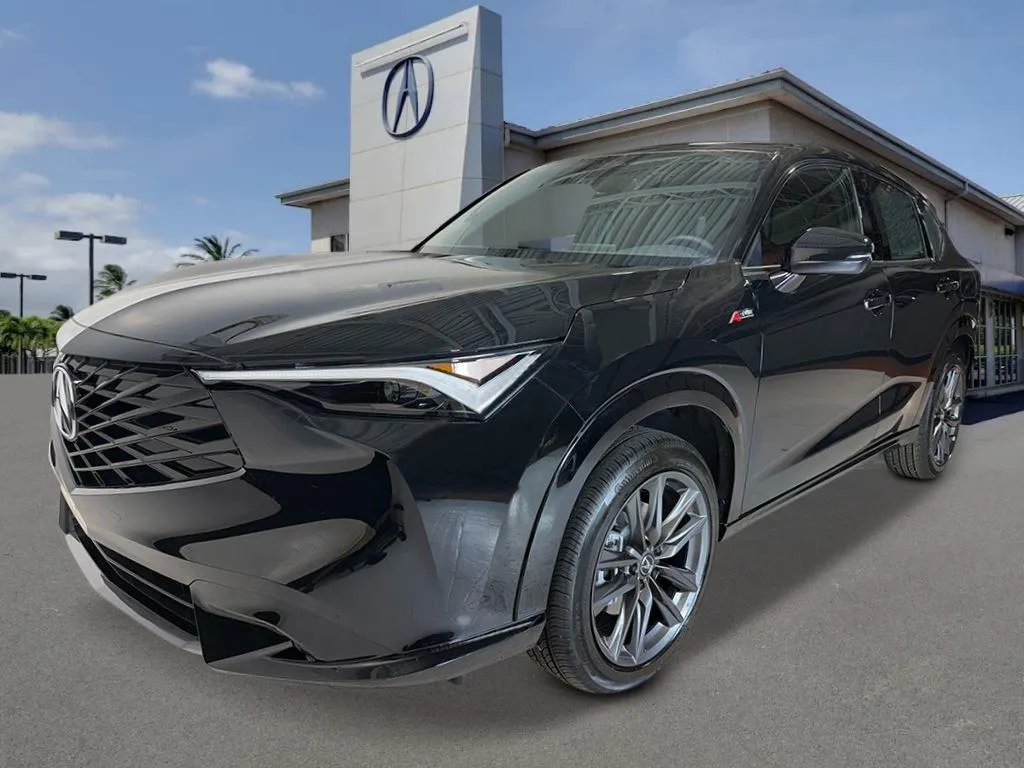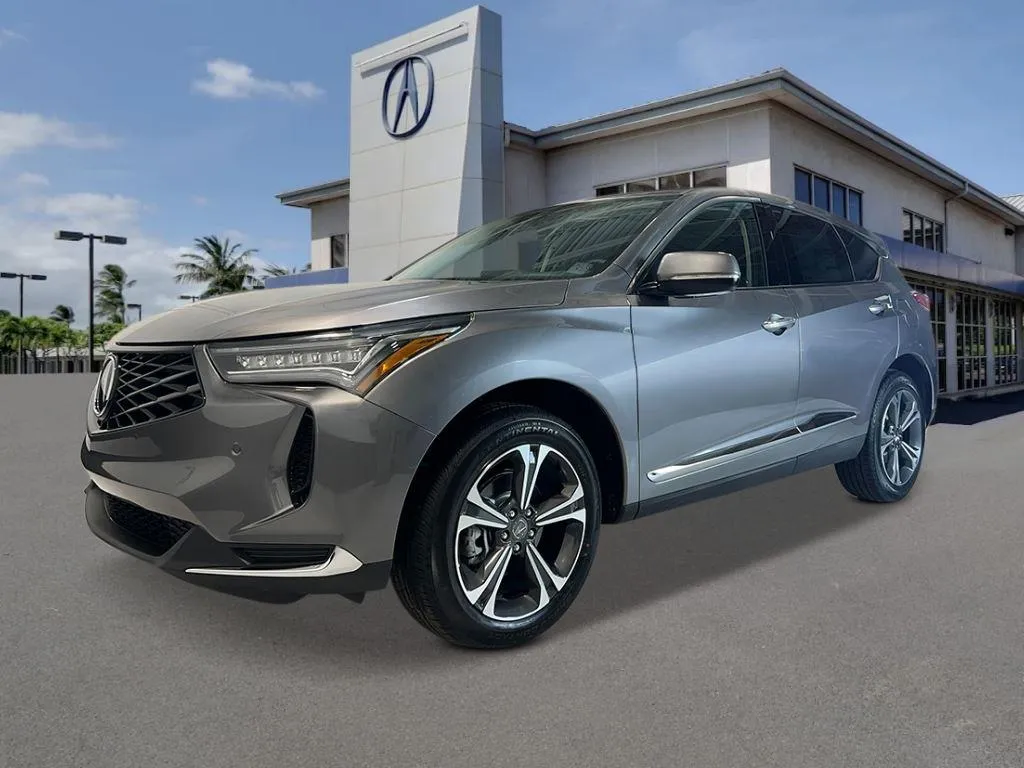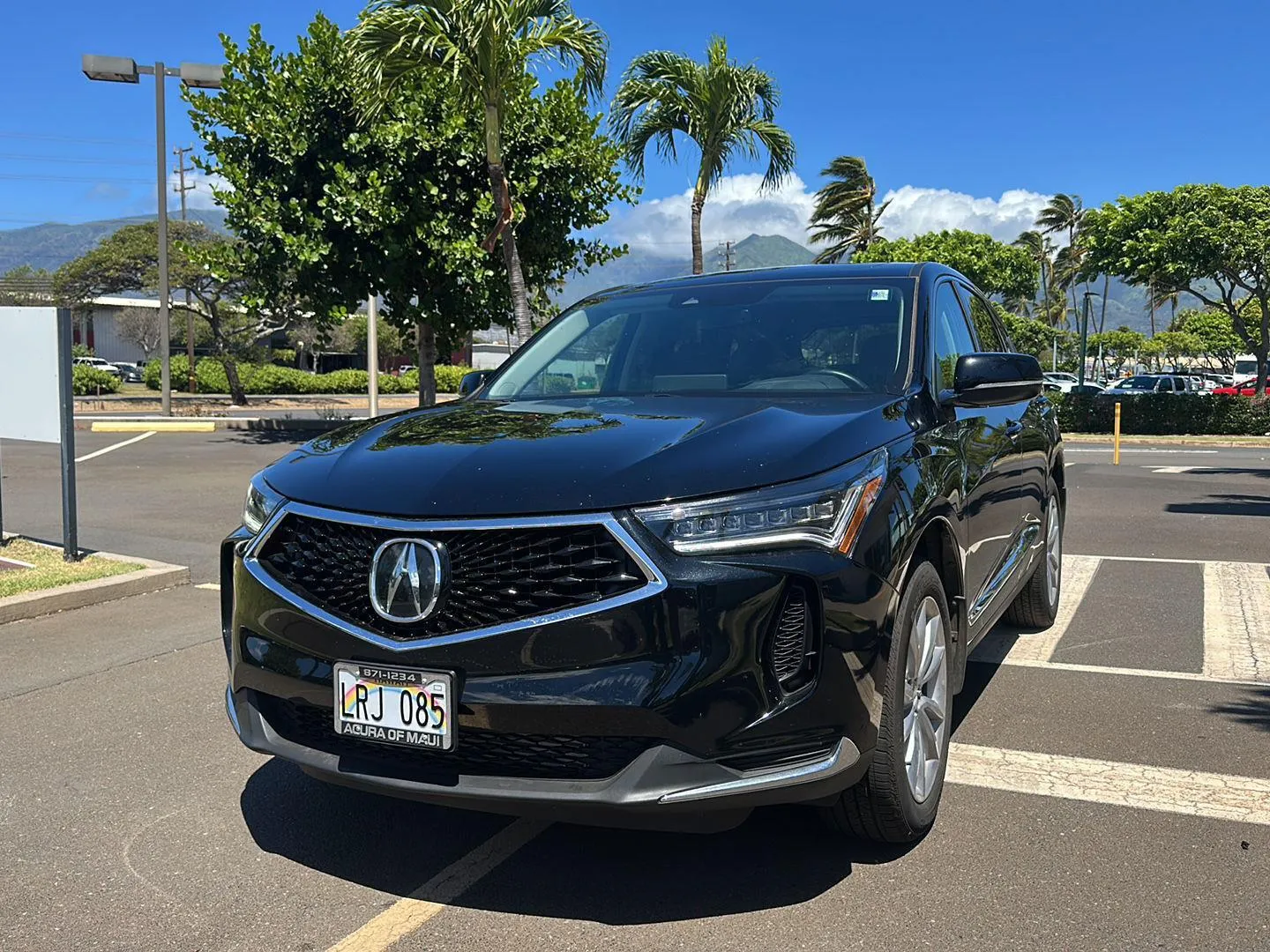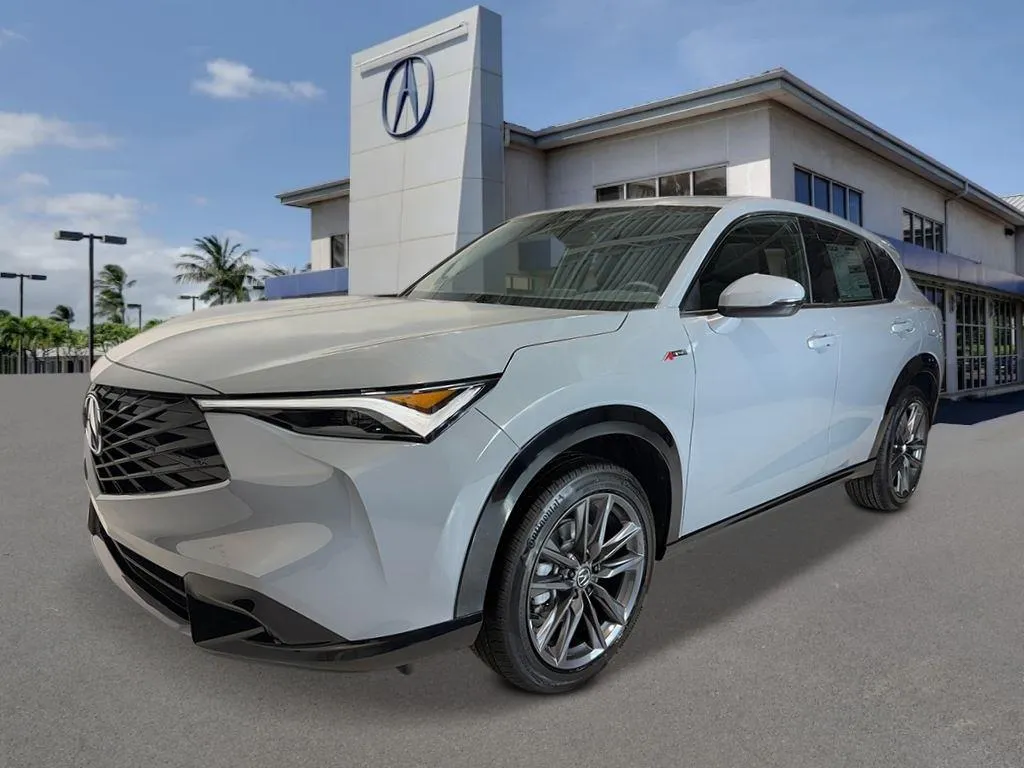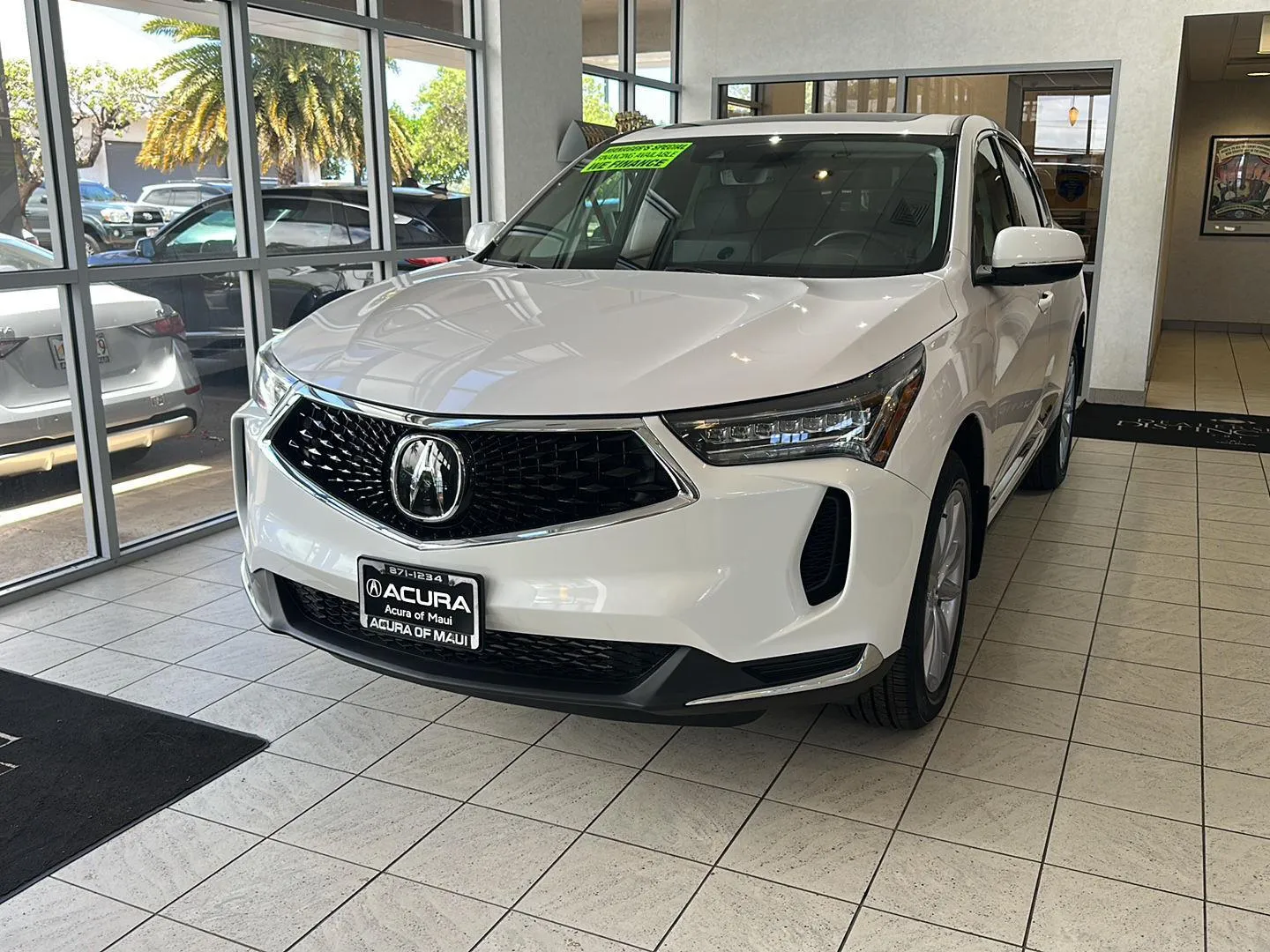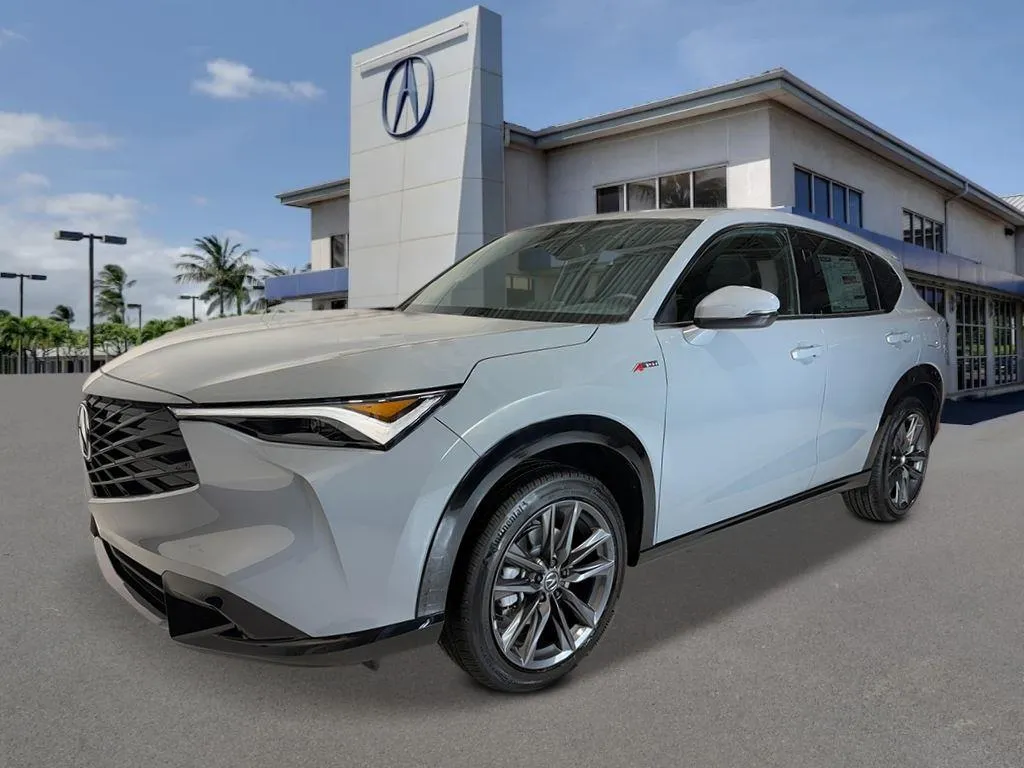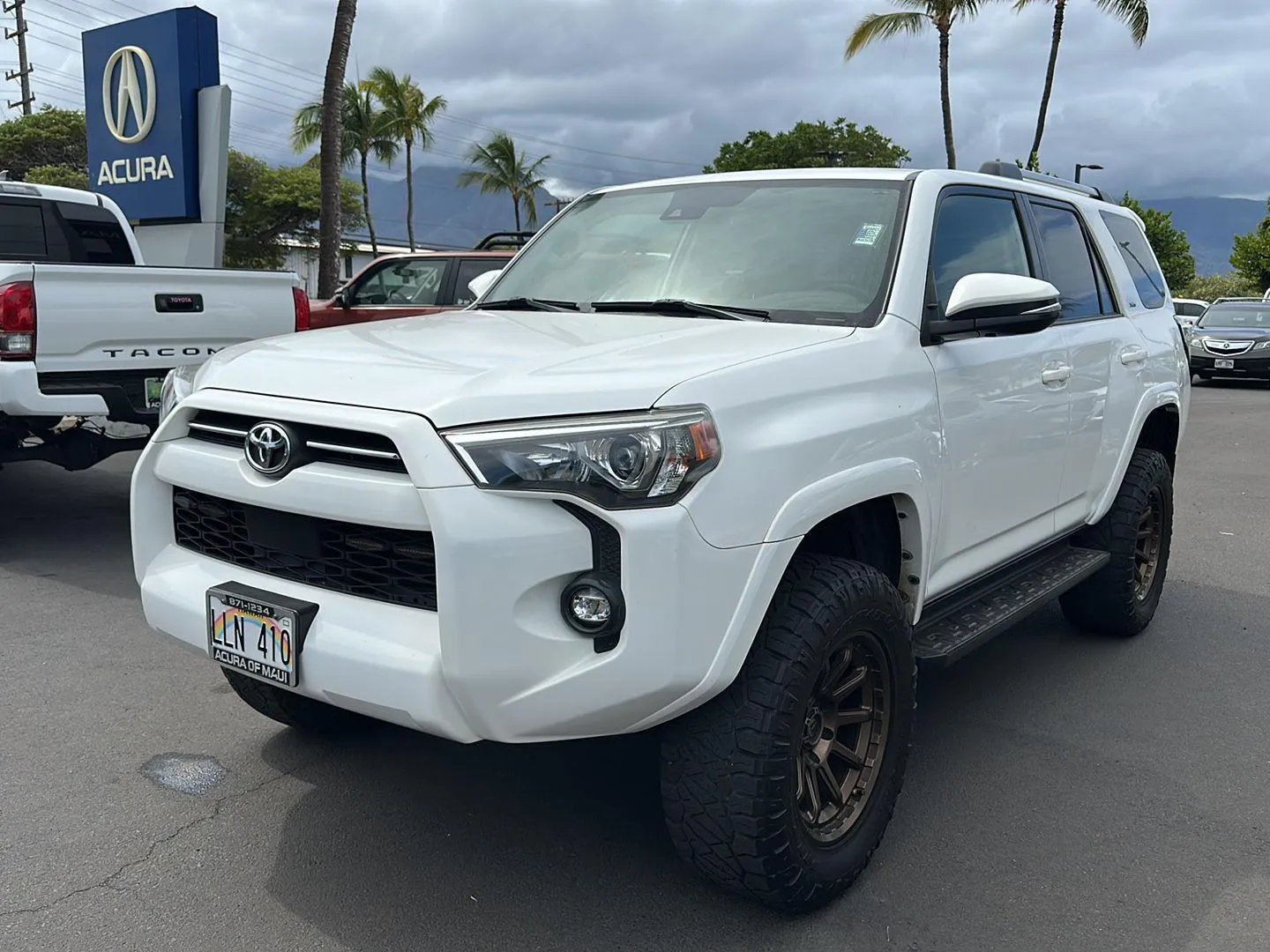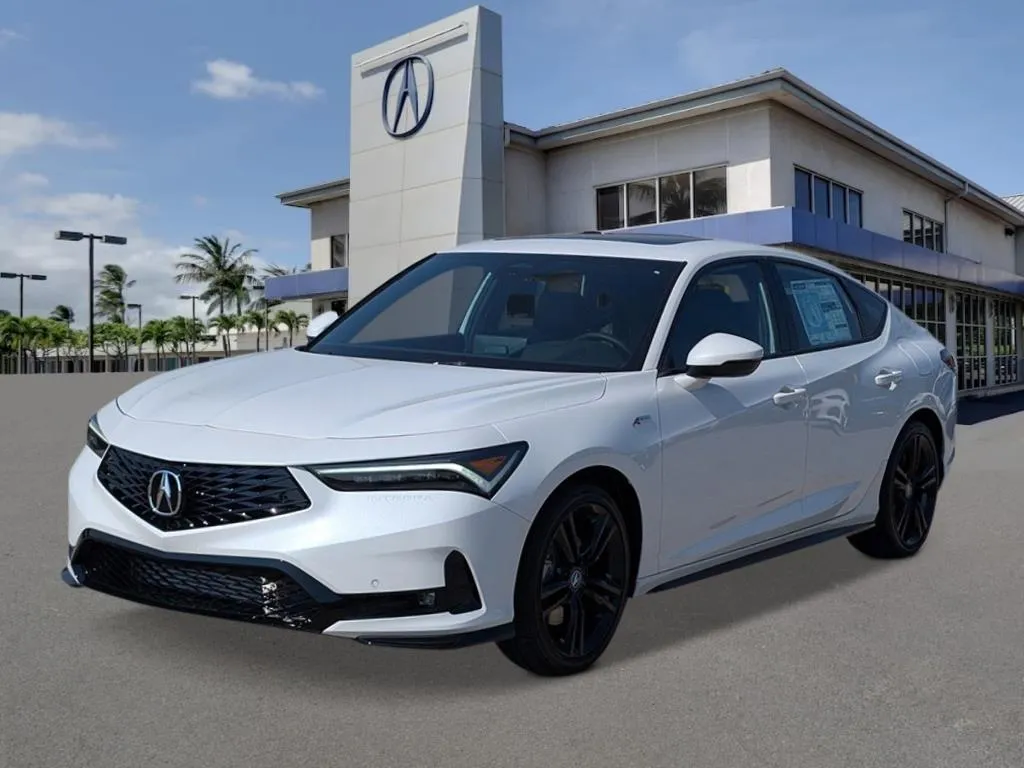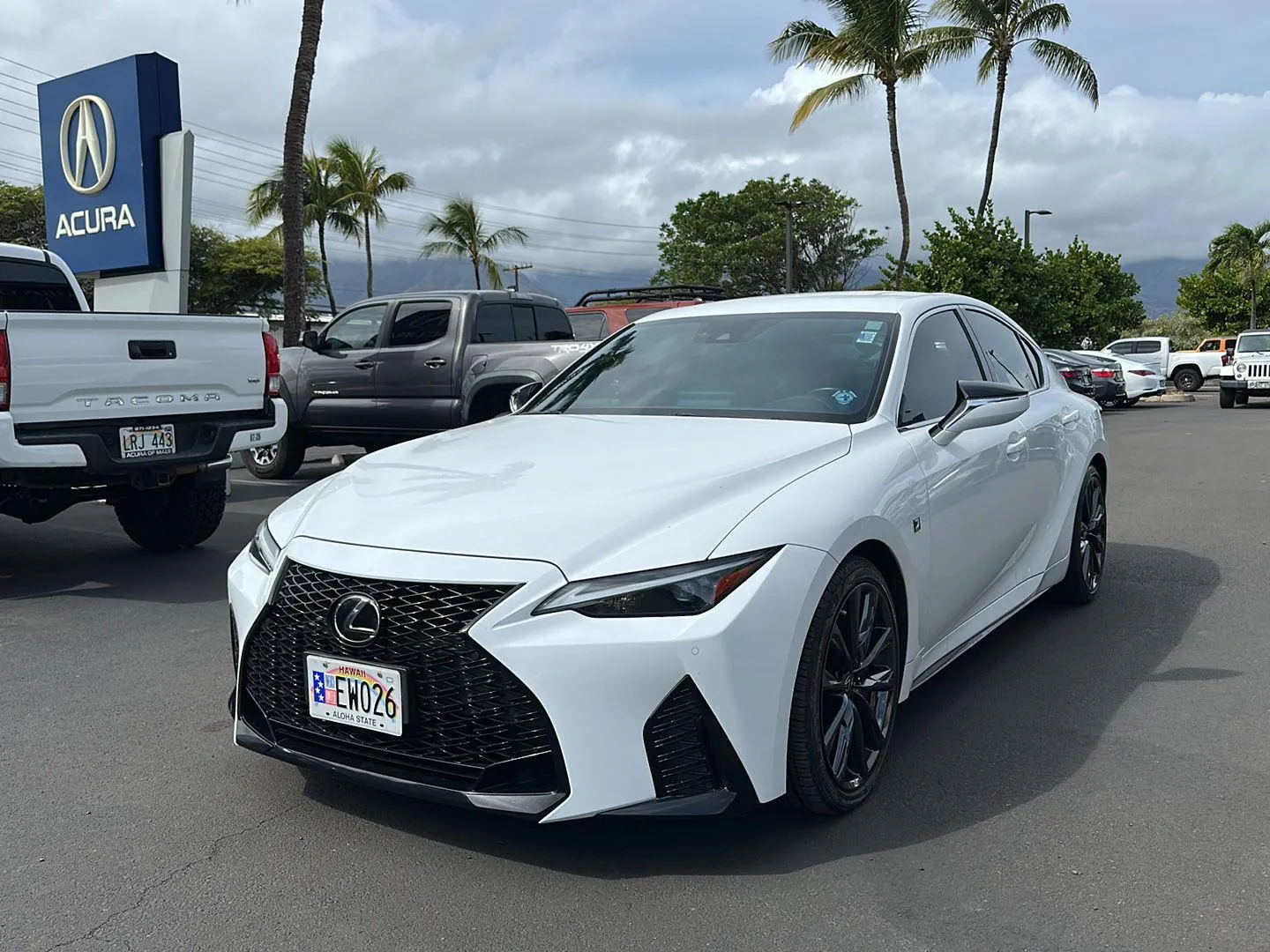Why Is My Car Pulling to One Side?
Table of Contents
- Why Is My Car Pulling to One Side? Common Steering Issues Explained and How to Fix Them
- Understanding Vehicle Dynamics
- Wheel Alignment and Its Impact
- Effects of Tire Pressure on Steering
- Identifying Common Steering Issues
- Worn or Faulty Steering Components
- Brake System Problems
- Suspension System Irregularities
- Assessing the Role of Wheel Bearings and CV Joints
- Signs of Wheel Bearing Failure
- Symptoms of a Damaged CV Joint
- Road Conditions and External Factors
- Effects of Road Camber
- Impact of Uneven Loads
- Frequently Asked Questions
- What could be causing my car to pull to the right when I release the steering wheel?
- Why does my steering wheel seem to favor the left side?
- Can improper alignment cause my car to veer to the left?
- Why does my vehicle sway from left to right while in motion?
- What might lead to my car pulling to the left and experiencing vibrations?
- Why does my car drift left and right when driving at higher speeds?
Why Is My Car Pulling to One Side? Common Steering Issues Explained and How to Fix Them
Understanding Vehicle Dynamics
When your car pulls to one side while driving, understanding the underlying vehicle dynamics can help identify the cause.
Several factors affect how your vehicle tracks on the road. These include the way your wheels contact the pavement and how weight distributes through turns.
Get Your Car Back to Running Smooth Again Schedule Your Service Today
Wheel Alignment and Its Impact
Proper wheel alignment is crucial for straight and stable driving.
When alignment angles—caster, camber, and toe—fall outside manufacturer specifications, your vehicle will naturally drift to one side.
This misalignment often occurs after hitting potholes, curbs, or simply through normal wear over time.
Camber issues (when wheels tilt inward or outward) commonly cause pulling, as the car naturally moves toward the side with the most negative camber.
Toe alignment problems (when wheels point in different directions) can also create steering problems and accelerate tire wear.
Signs of alignment issues include:
-
Uneven or rapid tire wear
-
Steering wheel off-center when driving straight
-
Vehicle consistently drifting in one direction
Regular alignment checks are essential, especially after rough driving conditions.
Schedule a wheel alignment service to prevent costly tire replacements and ensure safer handling.
Effects of Tire Pressure on Steering
Tire pressure significantly impacts steering behavior.
Underinflated tires on one side create more rolling resistance, causing your vehicle to pull toward that side.
This happens because the underinflated tire has a larger contact patch with the road, creating more drag.
Even small pressure differences of 5-8 PSI between left and right tires can cause noticeable pulling.
Temperature changes can worsen this issue, as tire pressure typically drops about 1 PSI for every 10°F decrease in temperature.
Proper tire maintenance includes:
-
Checking pressure monthly and before long trips
-
Ensuring all tires match the manufacturer's recommended PSI
-
Inspecting for slow leaks or damage that affect pressure retention
Monitoring tire pressure not only prevents pulling issues but also improves fuel efficiency and extends tire life.
If you notice persistent pulling despite proper inflation, Acura of Maui's service team can diagnose more complex issues that might be affecting your vehicle's handling.
Identifying Common Steering Issues
When your car pulls to one side while driving, several underlying problems could be at fault. Understanding the specific symptoms can help pinpoint whether the issue stems from steering components, brakes, or suspension systems.
Worn or Faulty Steering Components
Worn steering components are frequently responsible when a car veers left or right during operation.
Tie rod ends connect your steering system to the wheels, and when they deteriorate, steering becomes unpredictable. You might notice play in the steering wheel or inconsistent pulling behavior.
Ball joints are another critical component that can cause steering issues when worn. These components allow smooth pivoting motion between the steering knuckles and control arms.
When they fail, the wheel alignment changes during driving.
Power steering problems can also cause your vehicle to pull.
Low fluid levels or a failing power steering pump may create uneven assistance, making the car drift to one side. If you hear whining noises when turning the wheel, this could indicate power steering issues.
Brake System Problems
Brake-related pulling typically occurs during braking but can sometimes be felt during normal driving.
Stuck brake calipers can cause continuous drag on one wheel, forcing the vehicle to pull toward that side even when not applying brakes.
Uneven brake pad wear creates imbalanced stopping power. When one side grips more aggressively than the other, your car naturally pulls toward the side with greater braking force.
Damaged brake hoses might collapse internally, preventing proper brake fluid return and creating constant pressure on one wheel.
This issue is particularly dangerous as it develops gradually and might not trigger warning lights.
Regular brake inspections at Acura of Maui can identify these problems before they become severe.
Schedule a brake inspection to ensure your vehicle stops safely and drives straight.
Suspension System Irregularities
Uneven ride height often indicates suspension problems that cause pulling. If your car sits lower on one side, worn springs or struts might be the culprit. This imbalance affects wheel alignment and weight distribution.
Meanwhile, damaged control arms alter wheel positioning, particularly during cornering or when driving over bumps. The result is inconsistent steering behavior and potential pulling to one side.
Worn bushings throughout the suspension system introduce unexpected movement that affects alignment.
As rubber bushings deteriorate, they allow more flex and movement than engineered specifications permit.
Wheel alignment issues remain one of the most common causes of pulling. Even small deviations in camber, caster, or toe settings can cause significant directional pull.
Regular alignment checks at Acura of Maui can prevent uneven tire wear and extend tire life.
Assessing the Role of Wheel Bearings and CV Joints
Wheel bearings and CV joints play crucial roles in your vehicle's steering and handling system. When these components start to fail, they can cause your car to pull to one side, creating potentially dangerous driving conditions.
Signs of Wheel Bearing Failure
Wheel bearings support the weight of your vehicle while allowing wheels to rotate with minimal friction.
When they begin to fail, your car may pull to one side, especially during turns. Listen for a grinding, humming, or rumbling noise that changes with speed.
A failing wheel bearing can create an imbalance in your vehicle's suspension geometry. This imbalance often results in uneven tire wear, further exacerbating the pulling sensation.
To check for wheel bearing issues, elevate your car safely and try to rock each wheel. Excessive movement indicates a problem requiring immediate attention.
Left unrepaired, worn wheel bearings can cause severe damage to other components and compromise your safety on the road.
Symptoms of a Damaged CV Joint
CV (Constant Velocity) joints connect your transmission to the wheels, allowing power transfer while accommodating suspension movement.
Damaged CV joints commonly cause clicking or popping noises during turns.
A failing CV joint can create resistance on one side of the vehicle, causing it to pull in that direction. This pulling may worsen when accelerating, especially through turns.
Look for grease leaking from torn CV joint boots—a telltale sign of impending failure. You might also notice vibrations that increase with speed.
If you're experiencing these symptoms, schedule a service appointment at Acura of Maui immediately.
Our certified technicians can properly diagnose and repair wheel bearing and CV joint issues to restore your vehicle's proper handling and safety.
Road Conditions and External Factors
Sometimes your car pulling to one side isn't due to mechanical issues but rather external circumstances that affect your vehicle's trajectory. These elements can create a temporary pull that might be mistaken for a more serious problem.
Effects of Road Camber
Road camber refers to the slight slope built into roads for water drainage.
Most roads are designed with a crown in the middle, causing them to slope downward toward the shoulders. This intentional design can make your vehicle naturally drift toward the edge of the road.
In areas with heavy rainfall like Maui, roads often have more pronounced camber to prevent water accumulation.
If your car pulls consistently on different roads, it's likely not camber-related. However, if the pulling only occurs on certain streets, the road design might be the culprit.
To test this theory, safely drive on different roads with varying camber designs. If the pulling changes depending on the road, external factors are likely at play rather than mechanical issues.
Impact of Uneven Loads
Unevenly distributed weight in your vehicle can cause it to pull toward the heavier side.
This commonly happens when:
-
Carrying heavy luggage on one side
-
Having more passengers on one side than the other
-
Improperly loaded cargo in the trunk
Even a full fuel tank can sometimes create a slight pull if your vehicle has design peculiarities. This effect is typically more noticeable in smaller, lighter vehicles.
To determine if weight distribution is causing your steering issues, try removing heavy items or redistributing the load evenly. If the pulling diminishes, weight was likely the cause.
For persistent pulling issues regardless of load distribution, it's time to have your vehicle professionally inspected.
Schedule a service appointment with Acura of Maui's certified technicians to diagnose and correct your vehicle's alignment issues.
Frequently Asked Questions
Below are answers to common questions about steering problems that cause your vehicle to pull left or right while driving. These issues often stem from alignment problems, tire conditions, or mechanical failures in the steering or suspension systems.
What could be causing my car to pull to the right when I release the steering wheel?
If your car pulls to the right when you let go of the wheel, the most likely culprit is wheel misalignment.
This occurs gradually over time or suddenly after hitting a pothole or curb.
Uneven tire pressure can also cause this issue—if your left tire has higher pressure than your right, the car will naturally drift right. Check your tire pressures and ensure they match the manufacturer's specifications.
Worn suspension components like control arm bushings or tie rod ends may also be responsible. These parts affect how your wheels maintain their position relative to the road.
Why does my steering wheel seem to favor the left side?
A steering wheel that favors the left side often indicates an alignment issue called "positive camber" on the right wheel. This means the top of the wheel is tilting outward.
Brake caliper problems can also cause this phenomenon. If a caliper is sticking on one side, it creates uneven braking force that pulls the vehicle in one direction.
Sometimes, road crown (the slight slope of roads for water drainage) can make it seem like your steering favors one side, but this is normal driving behavior rather than a mechanical issue.
Can improper alignment cause my car to veer to the left?
Yes, improper alignment is the most common cause of a car veering left.
When your wheels aren't properly aligned, they don't point in exactly the same direction, causing the vehicle to drift.
Alignment issues typically affect three angles: camber (inward/outward tilt), toe (direction wheels point), and caster (steering axis inclination). When these measurements are off, straight-line driving becomes difficult.
Regular alignment checks are recommended, especially after hitting significant road hazards or noticing uneven tire wear.
Schedule a professional alignment service at Acura of Maui to address this issue promptly.
Why does my vehicle sway from left to right while in motion?
Vehicle swaying usually indicates suspension problems rather than alignment issues.
Worn shock absorbers or struts fail to properly dampen the car's movement, causing a rocking or swaying sensation.
Loose steering components can create play in the steering system, making the car feel unstable and wander across the lane. This is particularly dangerous at highway speeds.
Tire issues such as uneven wear patterns or internal damage can also cause swaying.
The technicians at Acura of Maui can conduct a thorough inspection to identify the exact cause of your vehicle's swaying behavior.
What might lead to my car pulling to the left and experiencing vibrations?
A combination of pulling and vibration often points to tire problems.
A damaged or separated tire can cause both symptoms simultaneously. Have your tires inspected for internal damage or bulges.
Brake rotor warping commonly causes vibrations that may be accompanied by pulling, especially during braking.
This occurs when rotors wear unevenly or experience heat damage.
Suspension damage from an impact can affect wheel alignment while also creating vibrations.
If you've recently hit a pothole or curb, visit Acura of Maui's service center for a complete suspension inspection.
Why does my car drift left and right when driving at higher speeds?
Tire balance problems become more noticeable at higher speeds. If wheels aren't properly balanced, they can cause the car to wander or drift unpredictably.
Crosswinds affect vehicles more significantly at highway speeds, making them drift temporarily. However, if the drifting occurs even in calm conditions, mechanical issues are likely the cause.
Worn steering components create excessive play in the system, making it difficult to maintain a straight line. This becomes more pronounced as speed increases. It requires immediate attention for safety.
Don't postpone addressing these issues—schedule a service appointment at Acura of Maui today.
